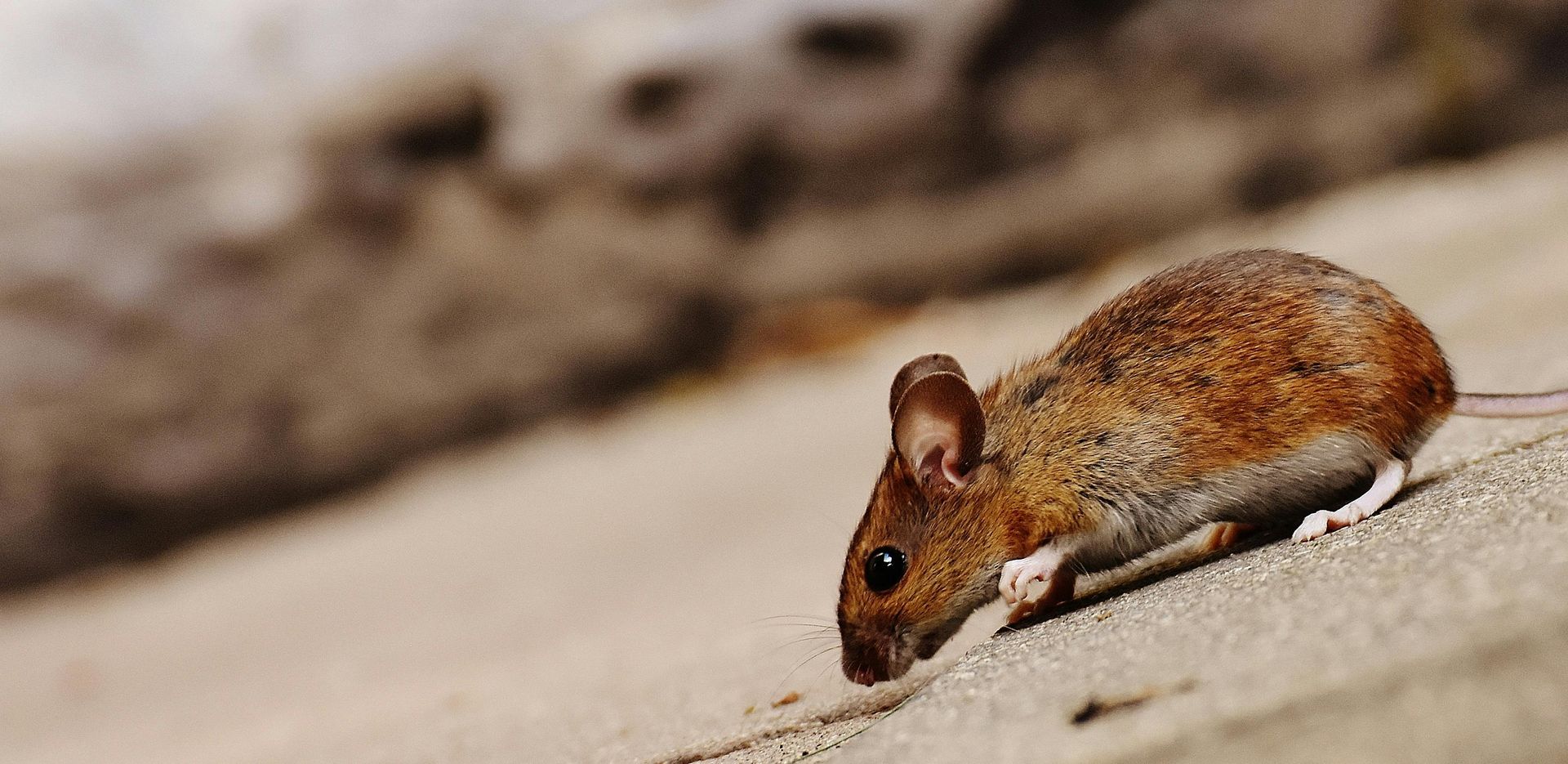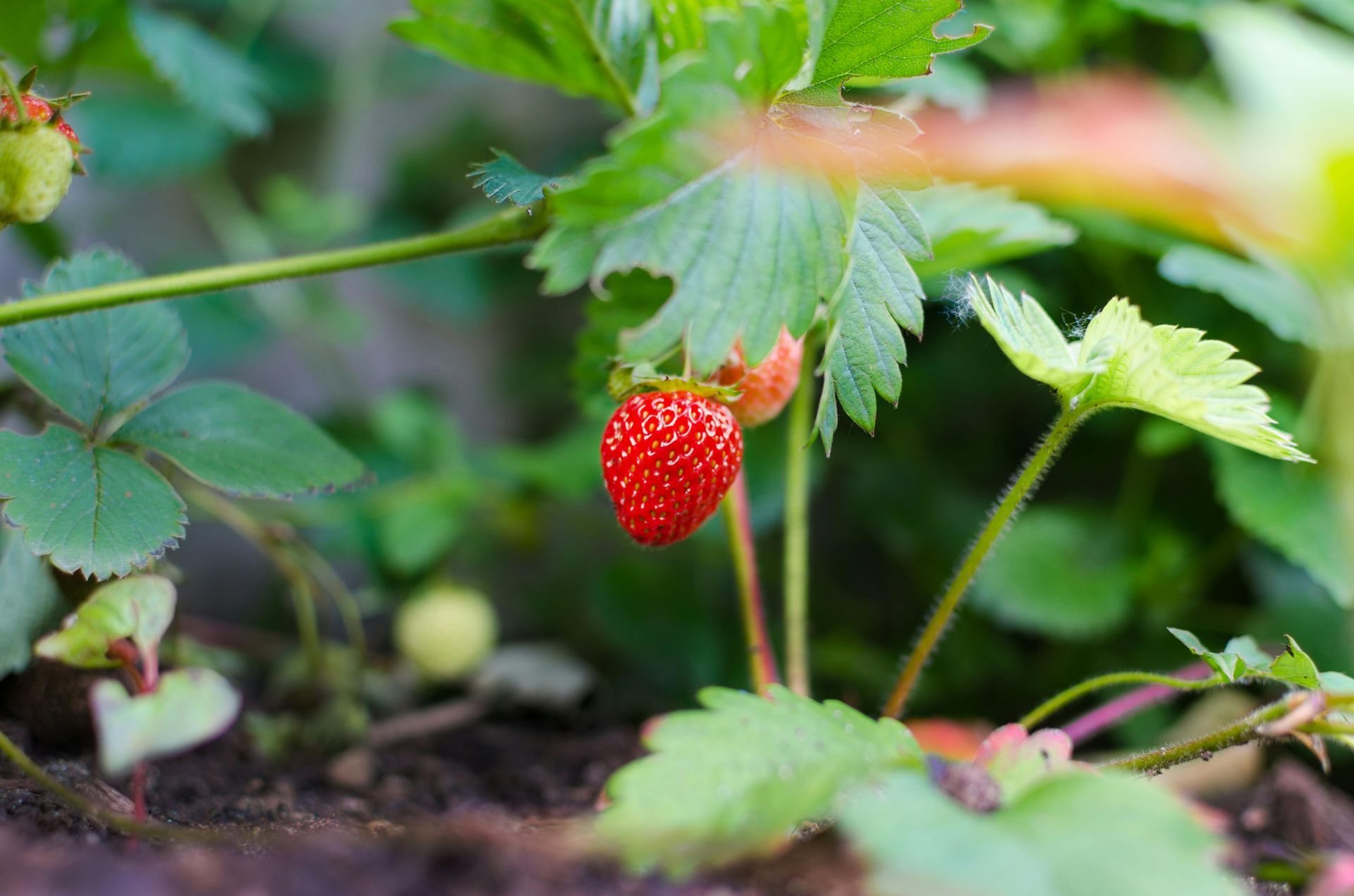April 27, 2025
Every region has its fair share of pests, but Idaho’s unique climate and seasons create notable challenges for homeowners year-round. When temperatures shift—whether it’s the arrival of the frigid winter or the warmth of spring—various insects and rodents begin to migrate in search of food, shelter, and more favorable living conditions. Knowing the patterns behind this seasonal pest movement can help you stay one step ahead of infestations, protecting both your property and your family’s well-being. Understanding Seasonal Pest Migration Many pests are sensitive to changes in temperature and humidity. This sensitivity compels them to either seek warmer environments in cold weather or cooler spaces in the hotter months. In Idaho, with its cold winters and relatively dry summers, seasonal transitions can be stark, causing noticeable pest activity surges. For instance, when winter temperatures drop, rodents like mice and rats often move indoors, drawn to the comfort of heated homes and readily available food sources. Similarly, ants seek refuge from freezing outdoor conditions and may tunnel their way into basements or crawl spaces. Even in transitional months like autumn, pests begin seeking warm hiding spots in anticipation of winter. As temperatures rise in spring and early summer, pests might adjust their nesting and foraging patterns again. Warmer weather often triggers breeding cycles, resulting in a surge of insect populations such as wasps, ants, and certain types of beetles. Common Idaho Pests and Their Patterns Idaho is home to a variety of pests, yet some tend to be more active during seasonal changes than others: Rodents (mice and rats): These critters usually move indoors in late fall and winter. They can contaminate food, damage wiring, and gnaw through insulation, leaving behind droppings and bacteria. Ants (Argentine ants, odorous house ants): Ants typically invade kitchens and bathrooms in search of moisture and sweet or greasy foods. Seasonal rains or droughts can drive them indoors as they look for better living conditions. Spiders (house spiders, hobo spiders): Though many spiders are beneficial because they eat other insects, they often move indoors when outside temperatures drop, or in some cases, when outdoor prey sources dwindle. Boxelder bugs: These insects, known for their black and orange-red markings, gather on warm surfaces and can invade homes in large numbers during the cooler months, often looking for a warm spot to overwinter. Wasps and hornets: Wasp and hornet activity typically rises in the spring and summer. They build nests close to human dwellings if they find sheltered eaves or cavities. These patterns—rooted in survival needs—call for increased vigilance and preparedness throughout the year. It makes sense to do more than just “watch out” for pests; rather, homeowners can plan for potential pest risks proactively. The Importance of Seasonal Pest Management Seasonal pest management is not simply a matter of comfort—though that counts, too. Infestations can lead to problems like property damage and health concerns: Property damage: Rodents can chew on wires, potentially causing electrical hazards. Termites—though less active in extremely cold winters—can still wreak havoc on wood structures when temperatures are moderate. Health concerns: Some pests carry diseases or trigger allergies. Rodent droppings can lead to illnesses like hantavirus. Cockroach allergens can worsen asthma symptoms, especially in children. Agriculture impact: Idaho’s agricultural community is significant; pests in your yard can spread or exacerbate insect pressure on nearby farms or orchards. Costs of neglect: Delaying pest control measures can allow infestations to grow, resulting in more complex and more expensive treatments later on. By anticipating pests’ seasonal shifts, you minimize disruptions, guard your property, and help maintain a healthier indoor environment for your family. Staying ahead of seasonal changes in pest prevalence greatly reduces risk, further emphasizing the importance of timely professional intervention. Practical Steps for Idaho Homeowners While synthetic chemicals and strong pesticides are well-known methods, there are plenty of non-chemical or minimally invasive practices that help minimize pest migration into your home. Here are some ways to prepare: Seal Entry Points: Inspect common entry points around your home’s foundation, windows, doors, and utility lines. Even the smallest cracks allow rodents and insects to get inside. Consider using weatherproof sealants to fill in gaps. Control Moisture: Pests seek water sources as much as they do food. Repair any leaking pipes or clogged gutters to reduce damp conditions. Make sure basements and crawl spaces are well-ventilated. Store Food Properly: Rodents, ants, and pantry moths thrive when exposed to easy food sources. Opt for airtight containers made of glass or sturdy plastic. Keeping your trash bins sealed also reduces the likelihood of attracting pests. Maintain Yard Health: Overgrown shrubs, wood piles, and fallen leaves can hide pests close to your foundation. Keep trees and bushes trimmed away from the house, store firewood off the ground, and routinely clear debris. Observe Seasonal Shifts: As fall approaches, look for droppings and gnaw marks from rodents. In spring, watch for wasp nests starting to form under eaves. Staying alert to early signs of infestation can help you respond promptly. By prioritizing these simple tactics, homeowners can deter many pests before they become a noticeable problem. Paying close attention to seasonal cues and identifying risks will save both time and money in the long run. Partnering with a Professional Pest Control Service Even with thorough preventative measures, pest challenges can still arise. Because seasonal pest pressures fluctuate dramatically in Idaho, having a professional pest control service evaluate your home and offer guidance can be a game-changer. Experienced technicians can identify breeding sites, spot hidden vulnerabilities, and recommend targeted treatments that minimize the need for harsh chemicals. At Natura Pest Control , we offer environmentally responsible solutions that tackle pests without overreliance on chemicals. The goal is to keep your home safe and pest-free, honoring Idaho’s natural beauty and safeguarding your peace of mind. Integrated Pest Management (IPM)—involving sealing entry points, proper sanitation, and limited chemical use—is highly effective in mitigating rodent-borne diseases and other pest issues. Stay Prepared and Secure Long-Term Peace of Mind Keeping abreast of seasonal pest migration is an ongoing process. Regular maintenance, inspections, and adjustments to your home environment are part of life in Idaho’s varied climate. But when you incorporate preventative strategies and partner with a reputable pest control service, pests become far more manageable. The result is a healthier home, a safer community, and peace of mind throughout every season. Whether your home is currently pest-free or you’ve noticed signs of unwanted visitors, taking action sooner rather than later is always wise. This approach helps you catch potential infestations early, addresses issues at their source, and upholds the comfort and security of your living space. If you’d like more information on our eco-friendly pest control services or simply want professional advice tailored to your specific property, contact us today to speak with an expert. You can also explore our range of residential services at your convenience. Let’s work together to ensure your home stays protected year-round, no matter how the seasons change in Idaho.




